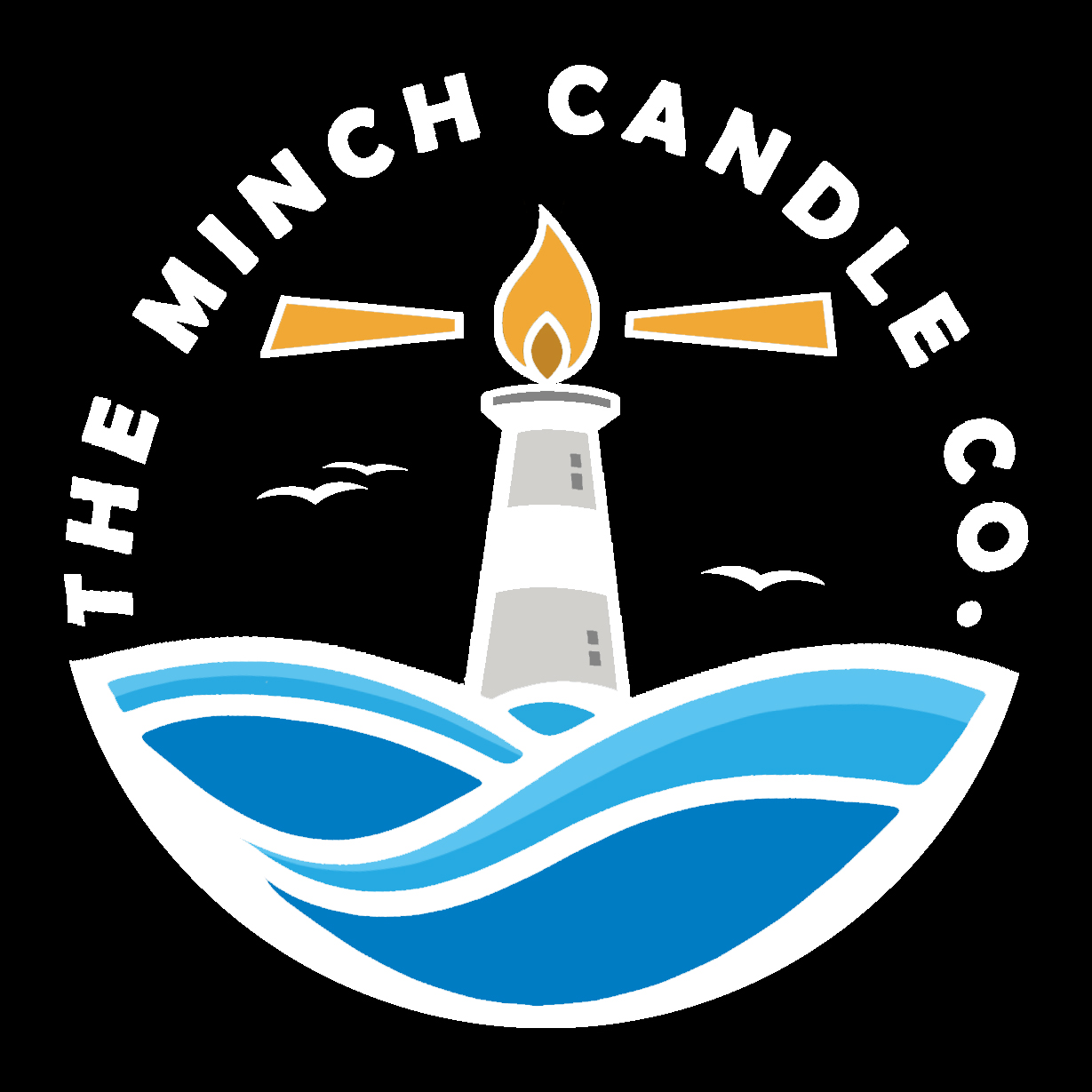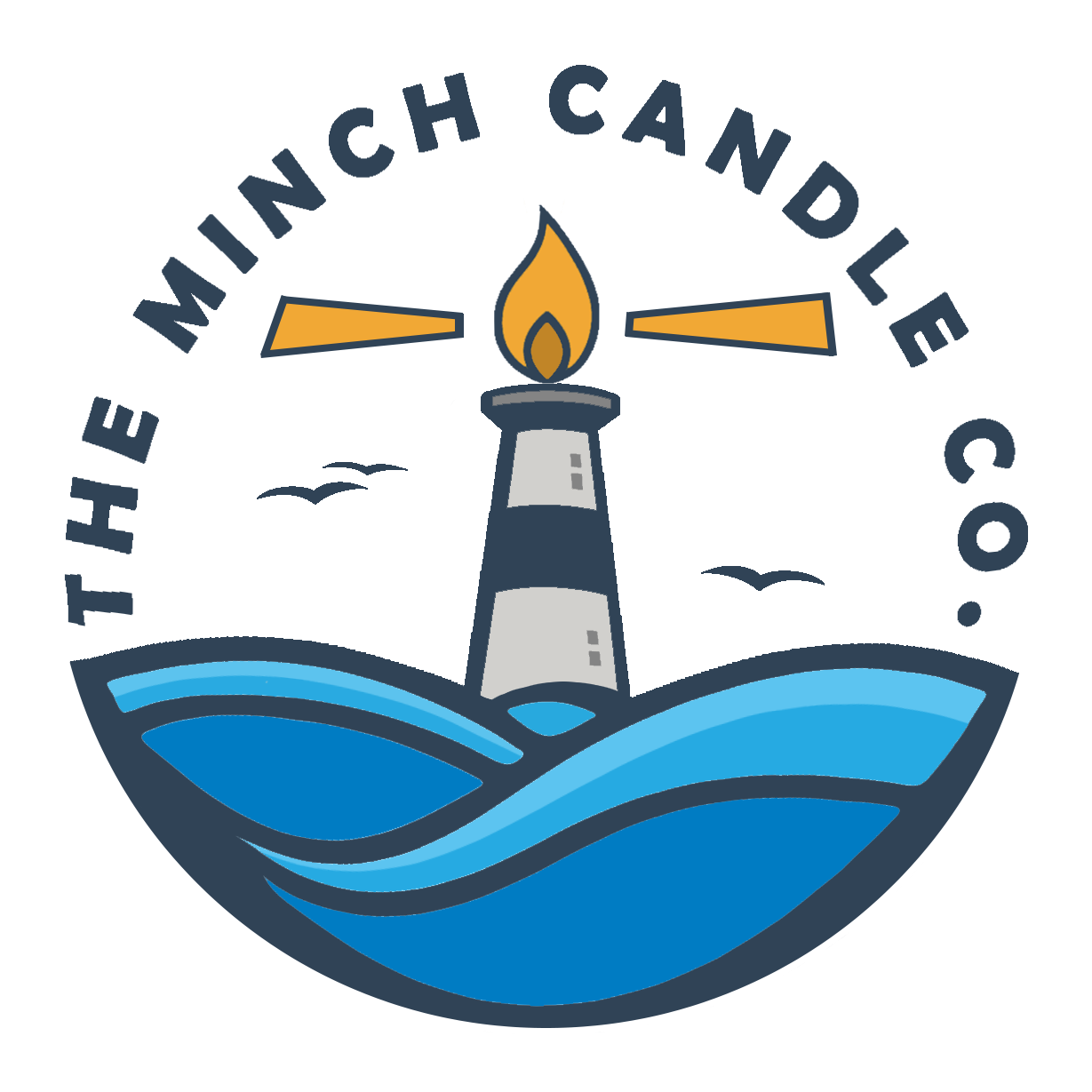
24 Aug Eilean Glas Lighthouse
Table of Contents
ToggleDiscovering Eilean Glas Lighthouse: The Gem of The Minch
Nestled on the picturesque eastern tip of Scalpay, the Eilean Glas Lighthouse stands as a silent sentinel, guiding mariners through the unpredictable waters of The Minch. This beacon, with its distinctive white and red bands, not only lights up the night but also the annals of Scottish maritime history.
Origins:
The Eilean Glas Lighthouse holds the distinction of being among the first lighthouses commissioned by the Northern Lighthouse Board. Established in 1789, it was constructed during a time when the shipping industry was rapidly growing, and the need for navigational aids along Scotland’s rugged coastlines became paramount. The Minch, with its challenging waters, was especially treacherous, making the role of Eilean Glas vital for countless vessels.
The Name’s Significance:
‘Eilean Glas’ translates to ‘Green Isle’ in Gaelic. This name aptly describes the lush surroundings of the lighthouse, where verdant landscapes meet the azure waters of The Minch. But beyond its colour, the name embodies the serenity and timelessness that the area exudes, providing a sanctuary for both the soul and the weary sailor.
Its Position in The Minch:
Strategically located, the Eilean Glas Lighthouse plays a pivotal role in the navigation through The Minch, a strait that separates the northwestern Highlands of mainland Scotland from the northern Inner Hebrides. The waters here are renowned for their shifting currents, hidden rocks, and unpredictable weather patterns. Eilean Glas, with its towering presence and unwavering light, has been a beacon of hope and guidance for over two centuries.
Historical Evolution: From 1789 to the Modern Eilean Glas Lighthouse
As we cast our gaze back in time, the narrative of the Eilean Glas Lighthouse unravels a tale of innovation, determination, and an unwavering commitment to maritime safety in The Minch.
The Initial Beacon:
When the Northern Lighthouse Board was established in the latter part of the 18th century, it quickly identified several key locations where lighthouses were direly needed. The Minch, known for its treacherous waters, was high on this list. In 1789, the original Eilean Glas Lighthouse was constructed. This first iteration was a simpler structure, but its beacon was a lifesaver for many seafarers navigating The Minch’s waters.
Enter Robert Stevenson:
By the early 19th century, the shipping traffic through The Minch had increased manifold, and there was a pressing need to enhance the lighthouse’s capabilities. In the 1820s, Robert Stevenson, a name synonymous with Scottish lighthouse engineering, undertook the project of redesigning and enlarging the Eilean Glas Lighthouse. Under his guidance, the lighthouse was transformed into the iconic structure we recognize today: a tall, cylindrical tower painted white with striking red bands.
Challenges and Triumphs:
Reconstructing and maintaining a lighthouse on Scalpay was no mean feat. The remote location posed logistical challenges. Supplies had to be shipped in, workers faced unpredictable weather conditions, and the ever-present roaring waves of The Minch were a constant reminder of the importance of their task. Yet, with resilience and innovation, these challenges were met head-on, resulting in a lighthouse that stood stronger and shone brighter.
A Symbol of Transition:
Over the decades, Eilean Glas Lighthouse underwent various modifications, reflecting the technological advancements of the times. From changes in the light source to the installation of fog horns, each transition ensured that the lighthouse remained at the forefront of maritime safety in The Minch.
Navigating The Minch: The Vital Role of Eilean Glas
The Minch, with its expansive waters and intricate coastline, has always presented mariners with both challenges and captivating beauty. Against this backdrop, the Eilean Glas Lighthouse emerges not just as a beacon of light but as an enduring symbol of maritime guidance and safety.
The Turbulent Waters of The Minch:
For centuries, The Minch has been known as much for its stunning seascapes as for its unpredictable currents and weather. Ships, whether grand vessels or smaller fishing boats, needed to be ever-vigilant when traversing these waters. Hidden rocks, sudden storms, and swirling tides could transform a routine voyage into a perilous journey.
Eilean Glas: More Than Just a Lighthouse:
While its primary function was to guide ships safely, Eilean Glas served a dual purpose. For local fishermen and coastal communities, the lighthouse wasn’t just a navigational aid; it was a symbol of home, of community, and of the enduring spirit of the people who lived by The Minch. Its steady light assured that, no matter how tumultuous the seas, there was a steadfast beacon to guide them back to safety.
Saving Lives and Livelihoods:
The importance of Eilean Glas Lighthouse can’t be overstated. Over the years, its light has played a direct role in preventing countless shipwrecks and maritime mishaps. For many seafarers, the first glimpse of its radiant beam piercing through the fog or darkness meant safety, hope, and a successful end to their journey through The Minch.
A Hub of Maritime Communication:
Beyond its luminous guidance, Eilean Glas served as a crucial point for maritime communication. In an era before advanced marine radios, lighthouses like Eilean Glas were essential for conveying information about weather conditions, and nearby hazards, or even relaying messages to ships as they passed.
Architectural Marvels: Robert Stevenson and the Design of Eilean Glas Lighthouse
When we think of Scotland’s architectural heritage, castles, bridges, and cathedrals often come to mind. But among these, standing tall and majestic against the rugged backdrop of The Minch, are the lighthouses – and Eilean Glas holds a special place of prominence. This is, in no small part, thanks to the genius of Robert Stevenson.
The Stevenson Legacy:
Robert Stevenson belonged to a lineage of engineers that practically defined Scottish lighthouse construction. The Stevenson family was involved in the design and construction of many of Scotland’s most iconic lighthouses. Robert’s innovative designs and engineering techniques were not just revolutionary for their time; they set the standard for lighthouse construction worldwide.
A Vision in White and Red:
The most recognizable feature of Eilean Glas Lighthouse is its tall, cylindrical tower, painted in contrasting shades of white with distinctive red bands. This colour scheme wasn’t just an aesthetic choice; it was deliberate, ensuring maximum visibility against both the sky and the sea, crucial for mariners navigating The Minch.
Challenges of Remote Construction:
Building a structure of this magnitude on Scalpay was a daunting task. Everything, from large building blocks to the minutest of tools, had to be transported to this remote location. The unpredictable weather of The Minch added another layer of complexity. However under Stevenson’s guidance, these challenges were transformed into opportunities, leading to innovative construction techniques that would be emulated in future projects.
Innovations in Illumination:
At the heart of any lighthouse is its light source, and Eilean Glas was no exception. Initially powered by whale oil lamps and later transitioning to paraffin, the lighthouse eventually embraced electric illumination. Each transition brought with it brighter, more reliable light, ensuring the safety of ships in The Minch’s waters.
An Enduring Legacy:
Eilean Glas Lighthouse, with its blend of beauty and functionality, stands as a testament to Robert Stevenson’s architectural prowess. But it’s not just the bricks and mortar that tell the tale. It’s the countless ships that have relied on its beacon, the communities that grew around its presence, and the stories – both told and untold – that echo with the roar of The Minch’s waves.
Daily Life by The Minch: The Lighthouse Keepers of Eilean Glas
Beyond the grandeur of its architecture and the luminescent glow that pierces the night, the soul of the Eilean Glas Lighthouse lies in the tales of those who kept its flame alive. The lighthouse keepers, with their unyielding commitment, have stories that resonate deeply with the rhythmic pulse of The Minch’s waves.
Guardians of the Beacon:
For many, the role of a lighthouse keeper might seem a solitary one, but it was a job of immense responsibility. These were the individuals who ensured that the light never faltered, that ships in distress had a beacon to guide them, and that The Minch, for all its unpredictability, had a constant shining light.
A Life Marked by Routines:
Daily life at Eilean Glas was marked by strict routines. From cleaning the lenses, refilling oil, and maintaining the machinery, to logging weather patterns, every task was crucial. The keepers had to ensure that the beacon, visible for miles across The Minch, never dimmed.
The Challenges and Rewards:
Living on Scalpay, isolated from larger communities and at the mercy of The Minch’s tempestuous moods, was not without its challenges. Days could stretch long, especially during winters when the sun barely graced the horizon. Yet, there were rewards—unparalleled views of the stars, the tranquil beauty of the surrounding seascape, and the camaraderie among the keepers and their families.
Stories Passed Down:
Tales of shipwrecks averted, of nights when the fog was so thick it felt tangible, of mysterious ship lights on the horizon, and of the countless sunrises and sunsets that painted the sky — these stories passed down through generations, provide a glimpse into the life by The Minch.
The End of an Era:
With the advent of automation, the role of the lighthouse keeper started to diminish. Modern technology meant that the light could be maintained without a constant human presence. But while the keepers may have left, their legacy remains indelibly etched in the walls of Eilean Glas and the annals of maritime history.
Automation and Evolution: The Transition of Eilean Glas Lighthouse into the Modern Age
Eilean Glas Lighthouse, steadfast in its duty, has seen the passage of time, weathered countless storms, and undergone transformative changes. One of the most significant transitions in its storied history has been its evolution into an automated beacon, a move mirroring the broader shifts in the maritime world and the embrace of modern technology.
The Need for Automation:
As the 20th century progressed, technological advancements began to reshape the maritime landscape. Ships were equipped with advanced navigational tools, and the reliance on physical lighthouses started to wane. To remain relevant and efficient, the move towards automating lighthouses, including Eilean Glas, became inevitable.
The Process:
The transformation of Eilean Glas Lighthouse wasn’t instantaneous. It involved meticulous planning and the integration of cutting-edge technology. Modern electric lights replaced traditional oil lamps, sensors were installed to adjust the brightness based on visibility conditions in The Minch, and remote monitoring systems were set up to ensure seamless operation.
Impact on Lighthouse Keepers:
With automation came the phasing out of a venerable profession—that of the lighthouse keeper. While this shift heralded efficiency, it also marked the end of an era. The tales, traditions, and routines of keepers became memories, cherished and passed down but no longer a living part of Eilean Glas.
Eilean Glas in the Digital Age:
Beyond mere automation, the lighthouse has embraced the digital age in other ways. Today, maritime enthusiasts and historians can access data, historical records, and even virtual tours related to Eilean Glas Lighthouse, allowing The Minch’s iconic beacon to shine in the virtual realm as well.
Balancing Heritage and Modernity:
While the Eilean Glas Lighthouse has evolved with the times, efforts have been made to preserve its rich heritage. The architecture, the stories, and the ambience of the lighthouse remain untouched. This balance ensures that while Eilean Glas remains technologically relevant, it also stands as a bridge between the past and present, connecting generations of mariners and enthusiasts.
Eilean Glas Today: A Beacon of Heritage and Natural Beauty in The Minch
While the past of the Eilean Glas Lighthouse is undeniably rich and compelling, its present too is teeming with life and significance. Today, Eilean Glas stands not just as a navigational aid but as a symbol of Scotland’s maritime heritage and as a gateway to the stunning natural beauty of The Minch.
A Tourist Magnet:
Over the years, the allure of Eilean Glas has expanded beyond mariners and lighthouse enthusiasts. Tourists flock to Scalpay, drawn by the iconic red and white tower and the promise of panoramic views of The Minch. The journey to the lighthouse, often on foot through rugged trails, is as much a part of the experience as the destination itself.
A Window to Nature:
The waters of The Minch, seen from the vantage point of Eilean Glas, offer a spectacle of marine biodiversity. From playful dolphins to majestic whales, the sea here teems with life. Birdwatchers too find a haven, with seabirds like puffins, guillemots, and gannets making regular appearances.
Conservation Efforts:
Recognizing its ecological significance, various initiatives have been put in place around Eilean Glas and The Minch to promote conservation. Protected marine zones ensure that the delicate balance of nature is maintained, and visitors are educated about the importance of preserving this pristine environment.
How To Get To Eilean Glas
STAGE 1
- Drive east from Tarbert to Scalpay; cross the bridge to Harris.
- At the junction at Ceann a Bhaigh, turn left.
- Park just beyond the three houses on the right.
- Start walking back to the houses, then turn left through the metal farm gate.
- Follow the lane towards the distant house, turning right at its front.
- Pass through a gate onto a track that leads to Loch an Duin.
- At the loch, turn left, cross a stile and footbridge, and follow the path on the north side.
STAGE 2
- Follow the path with occasional marker posts for guidance.
- Navigate around the fence and turn right uphill to a gate.
- Cross the high ground, and descend to Loch an Duin’s far end.
- Climb uphill, passing above Loch Cuilceach’s south side.
STAGE 3
- Climb through a boggy area towards Beinn Scorabhaig to the cairn near marker post 26.
- Enjoy views of Harris mountains and Skye across the Minch.
- Head straight towards Eilean Glas lighthouse, avoiding several lochans.
STAGE 4
- Before reaching the stone wall, turn right on a path running parallel to it.
- Pass old peat cuttings to find a gate.
- Go through the gate and walk the stone path to the lighthouse.
- Note the lighthouse’s history: originally built by Thomas Smith and later replaced by Robert Stephenson in 1824.
STAGE 5
- Head SW from the lighthouse, then turn right at a marker post to another gate.
- After passing through, ignore the straight path and turn left until you find yellow waymarkers.
- Follow the rough path close to the coast, navigating undulating terrain and gullies.
STAGE 6
- Descend to a grassy area, then turn inland into a wide gully.
- Climb to a fence overlooking sea loch Bagh Ceann na Muice.
- Before the fence, turn right and climb uphill to a stile.
- Continue on rocky terrain, staying right above the first visible house.
STAGE 7
- Reach the road and turn right, passing several houses and a Harris tweed weaving shed.
- Continue on the main road to Scalpay’s main settlement.
- At the crossroads, turn right, passing a playground and a school.
- After crossing the bridge at Ceann a Bhaigh, turn right to the starting point.












Sorry, the comment form is closed at this time.